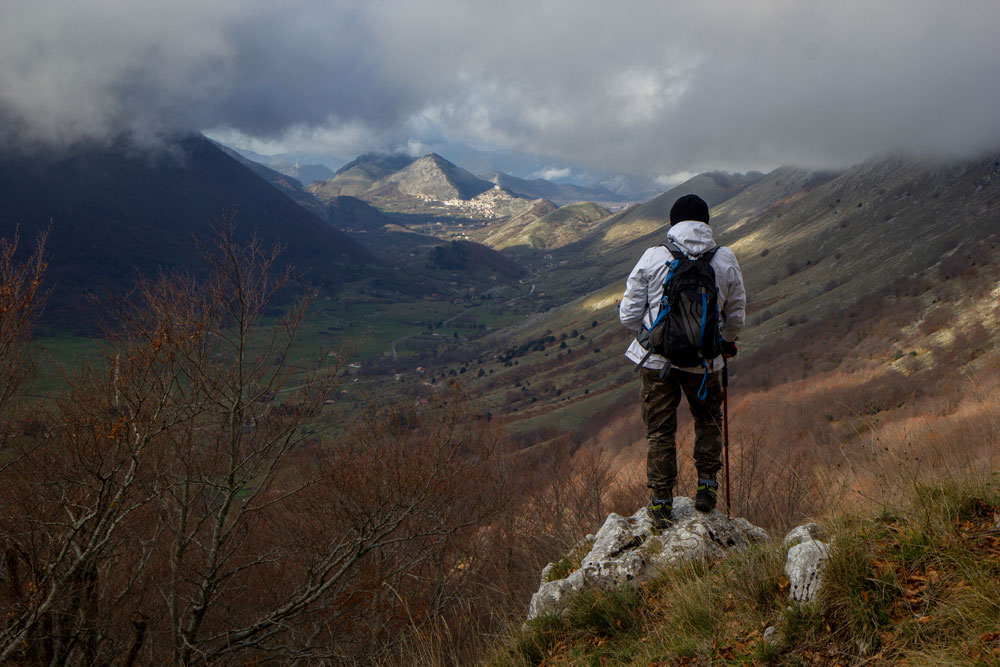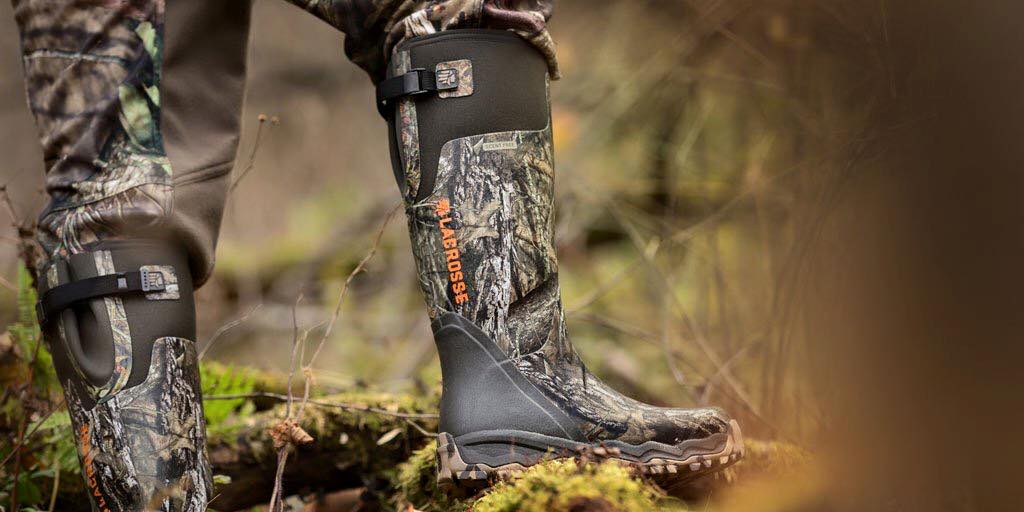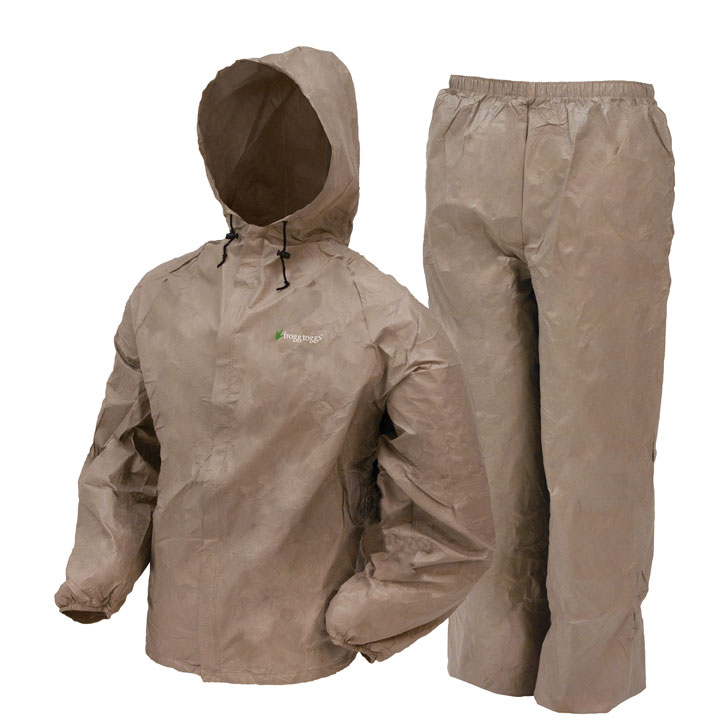
The primary allure of hiking for many people is the opportunity to be out and about in the natural world, communing with the elements and different life forms. This involves stepping away from our comfort zone and leaving behind many everyday conveniences.
While preparation is key for any trek in the wilderness, the one thing you can’t control is the weather. Rain can transform a pleasant hike through the woods into a muddy mess. However, you can learn to work with the weather and find joy in being out in the rain. To enjoy hiking in the rain, you’re going to have to think ahead. Here are some of the ways you can prepare and not let the rain ruin your outdoor adventure.
1. Choose the Correct Apparel
As you’re likely to be in constant contact with moisture, whether from perspiration or precipitation, dress in clothes that dry quickly and keep you comfortable.
For your insulating base layers, cotton should be avoided, as it retains moisture a lot longer than many other fabrics, leading to hypothermia, blisters, and chafing. Wool does an excellent job of keeping you warm even if it’s wet, and it remains largely odor-free.
In addition to a warm base layer, a waterproof outer layer is crucial to keep you warm and dry. Synthetic fibers, such as nylon and polyester, repel water and are often very affordable options. They are also the most durable of materials, offering tear- and abrasion-resistance.
2. Quality Footwear Is Essential
Waterproof shoes are much warmer and drier than their non-waterproof counterparts. However, waterproof shoes or boots don’t allow your feet to breathe well, leaving you with sweaty feet. Manage perspiration by wearing a pair of moisture-wicking socks and carrying an extra pair in your pack.
If you’re looking to go hiking in near-constant rain, waterproof gaiters are invaluable for preventing water from seeping into the tops of your boots.

3. Protect Your Gear
While there are many water-resistant packs on the market, no pack can be fully waterproof. Water can seep through seams and zippers, and the parts of your bag meant to be easily accessed are especially susceptible to getting wet. Protect the outside of your backpack with a pack cover.
Some items don’t mix well with water, such as your electronics, dry food, and your change of clothes. Keep these items dry with a pack liner inside your bag as a second line of defense against moisture. While you can buy liners in the forms of dry sacks, waterproof cases, and even zip-lock bags, one of the most effective methods of keeping your valuables dry inside is to place them inside a trash bag.
You should also minimize the number of times you open your backpack and the length of time it stays open. Knowing how to pack a hiking backpack is a vital skill that can save you a lot of hassle and, ultimately, keep you more comfortable in the long run.
4. Use the Right Tent
Tent camping in the rain can be a challenging yet gratifying experience. For thru-hikers and multi-day trekkers, a lightweight tent is essential to avoid weighing down your pack. Ensure it comes with a rain fly and is quick and easy to set up. Many ultra-light single or double person tents feature pre-connected flexible poles and can be set up in minutes.
If you are on a day-trek and find yourself stuck in the rain, a lightweight tarp is a handy piece of gear with a wide range of uses. Be sure to set your tarp roof downhill from your camp so the run-off water doesn’t get you even wetter. And angle your tarp away from the prevailing wind to avoid it being swept away in a strong gust.
5. Eat and Drink
Often, backpackers caught in the rain are likely to keep on going, focusing on where they are going and forgoing all need and desire for food and drink. But food and drink are vital for energy, preventing dehydration and maintaining body heat.
Keep Ziploc bags of high-energy nutrient-dense snacks, such as jerky, trail mix, and dried fruit, in an easily accessible place on your backpack, while a hydration bladder will allow you to drink water on the go.
6. Manage Your Body Heat

Managing your core temperature is vital when exploring the outdoors, especially in inclement weather. Conditions, such as ambient temperature, wind, and precipitation; your activity level, and your hiking gear dictate how warm or cold you feel.
Producing your own body heat through your physical exertions can warm you up from the inside out. Use your pace and intensity to adapt your body to the environmental conditions you are experiencing. When stopping for a break, use chemical hand and foot warmers to keep the circulation pumping in your extremities.
7. Be Aware of Hazards
Stormy weather can add additional hazards for an unsuspecting hiker. All your best efforts at keeping dry will be useless if you lose your footing and slip into a puddle of mud or fail to check the forecast and get caught in a flash flood.
Check the forecast before heading out, and use topographic GPS maps to guide you around potential rock slides and overflowing water sources. You should also include a basic first aid kit in your pack to treat any minor injuries.
Be hyper-vigilant while hiking in the rain, and you’re sure to be rewarded with a memorable experience.
Final Word
Hiking in the rain comes with its own unique sets of challenges. However, with the right preparation, gear, and knowledge, there’s no reason why the rain has to stop you from enjoying the great outdoors.
Growing to understand how to adapt to your unique environment and the challenges it provides is part of appreciating the wider natural world. To best prepare for your next outdoor adventure, explore our full range of outdoor gear.




























